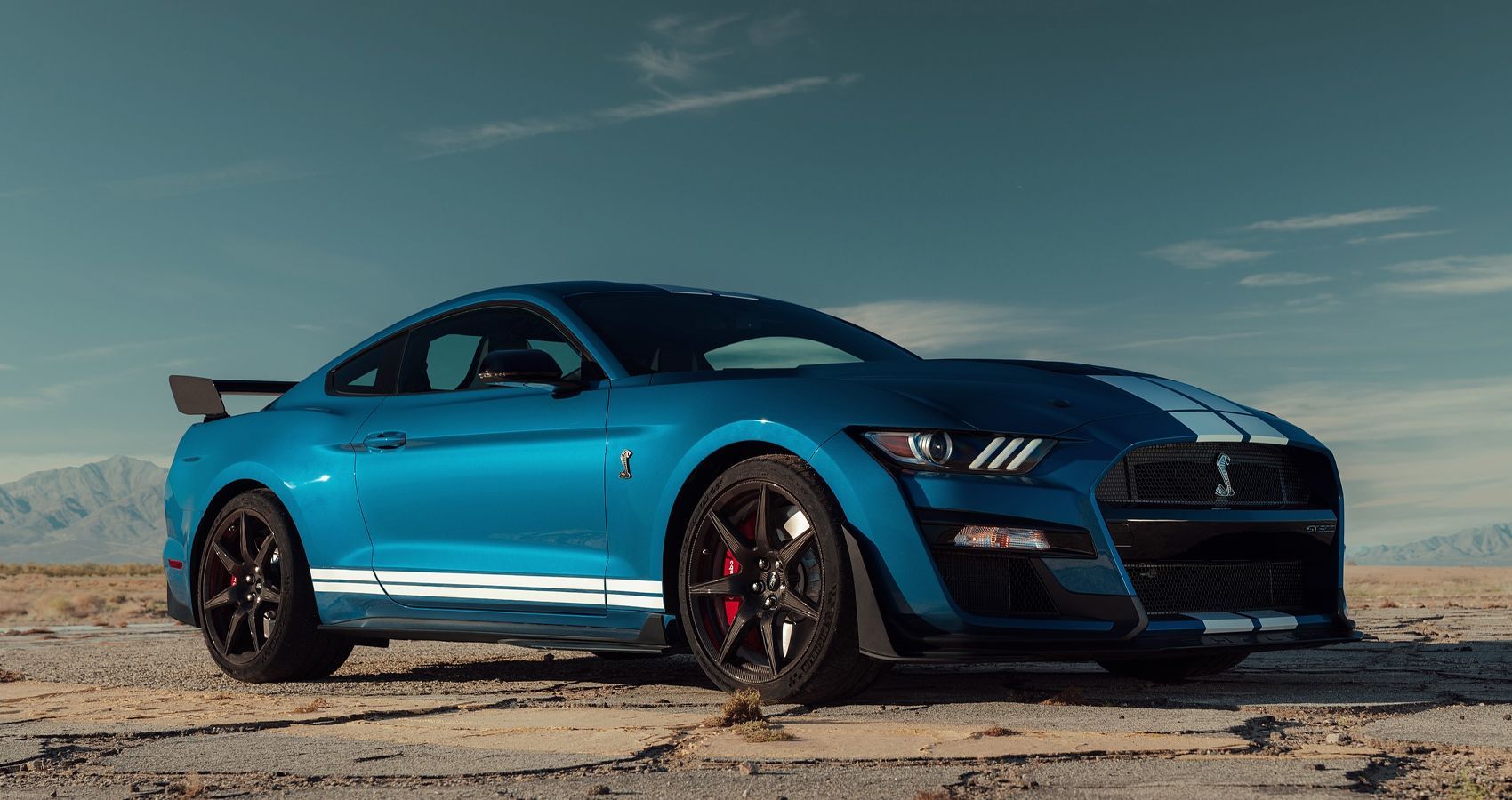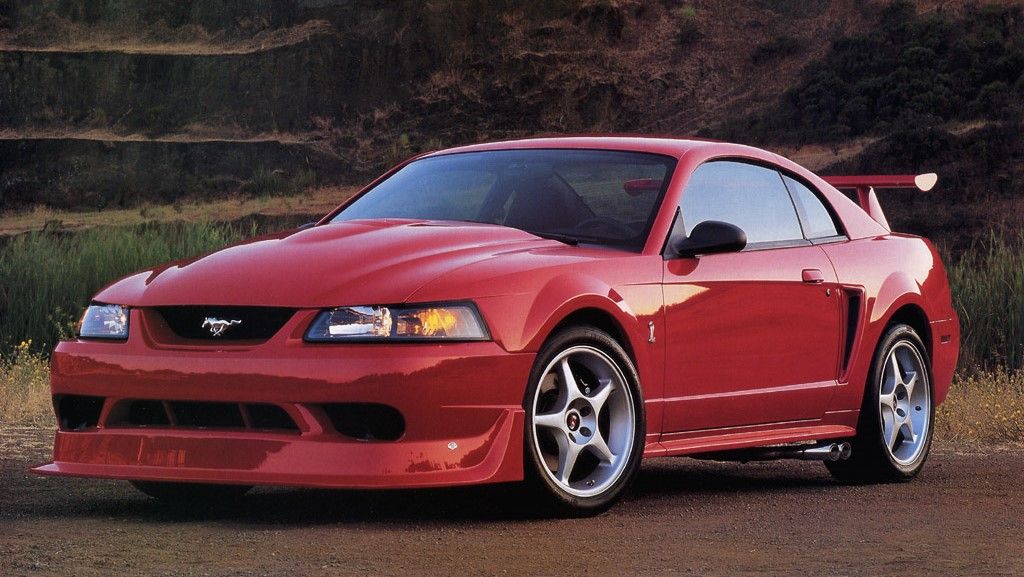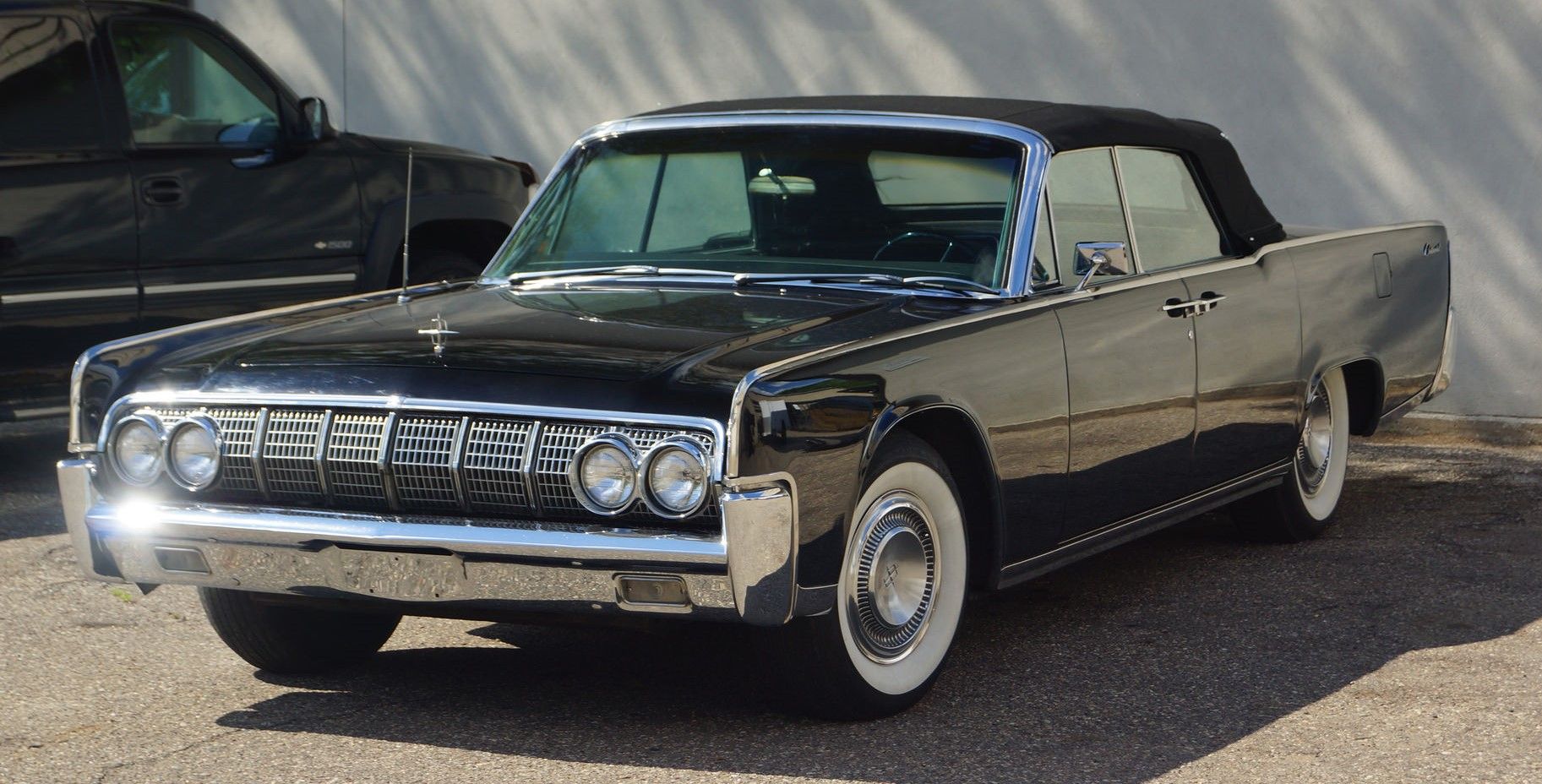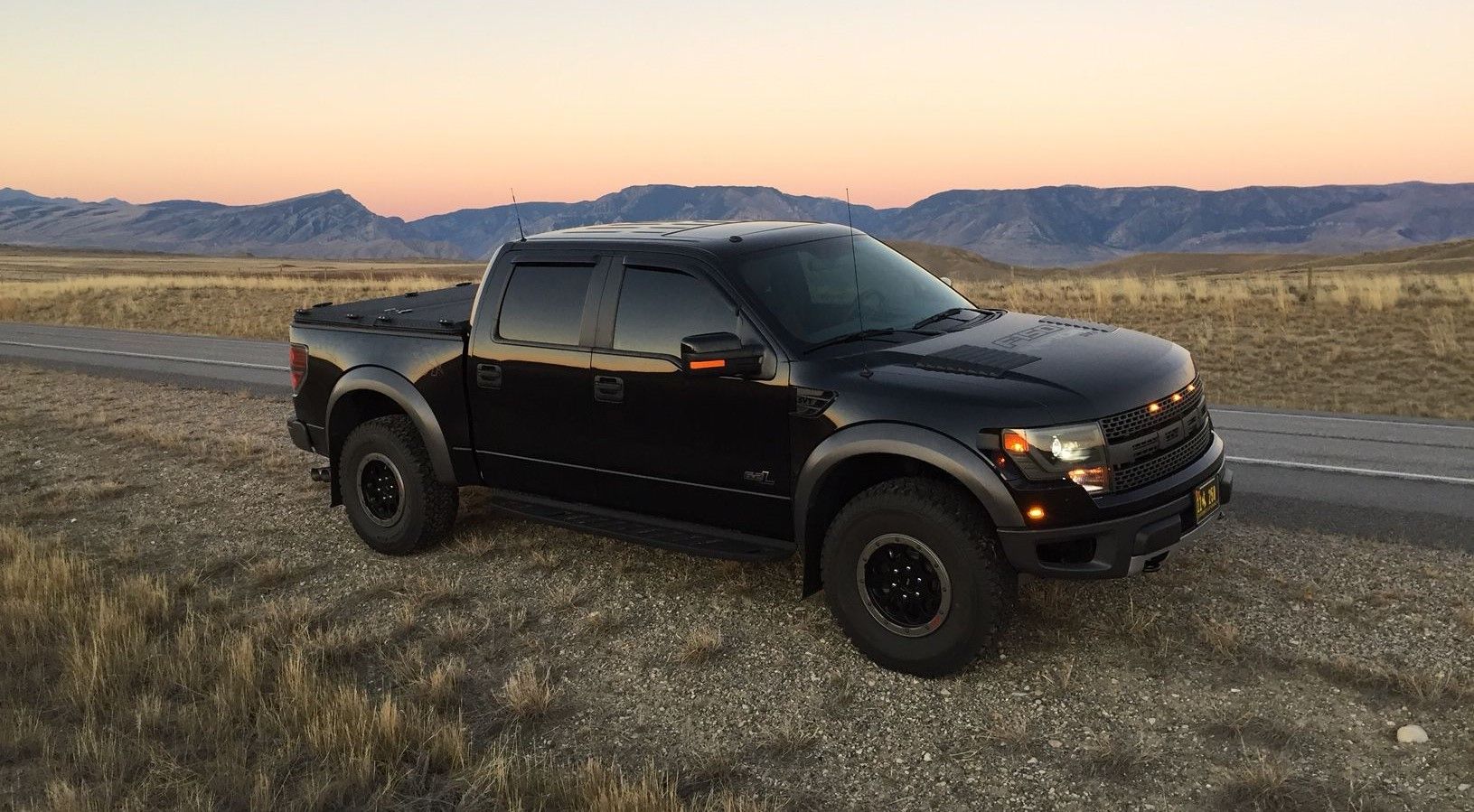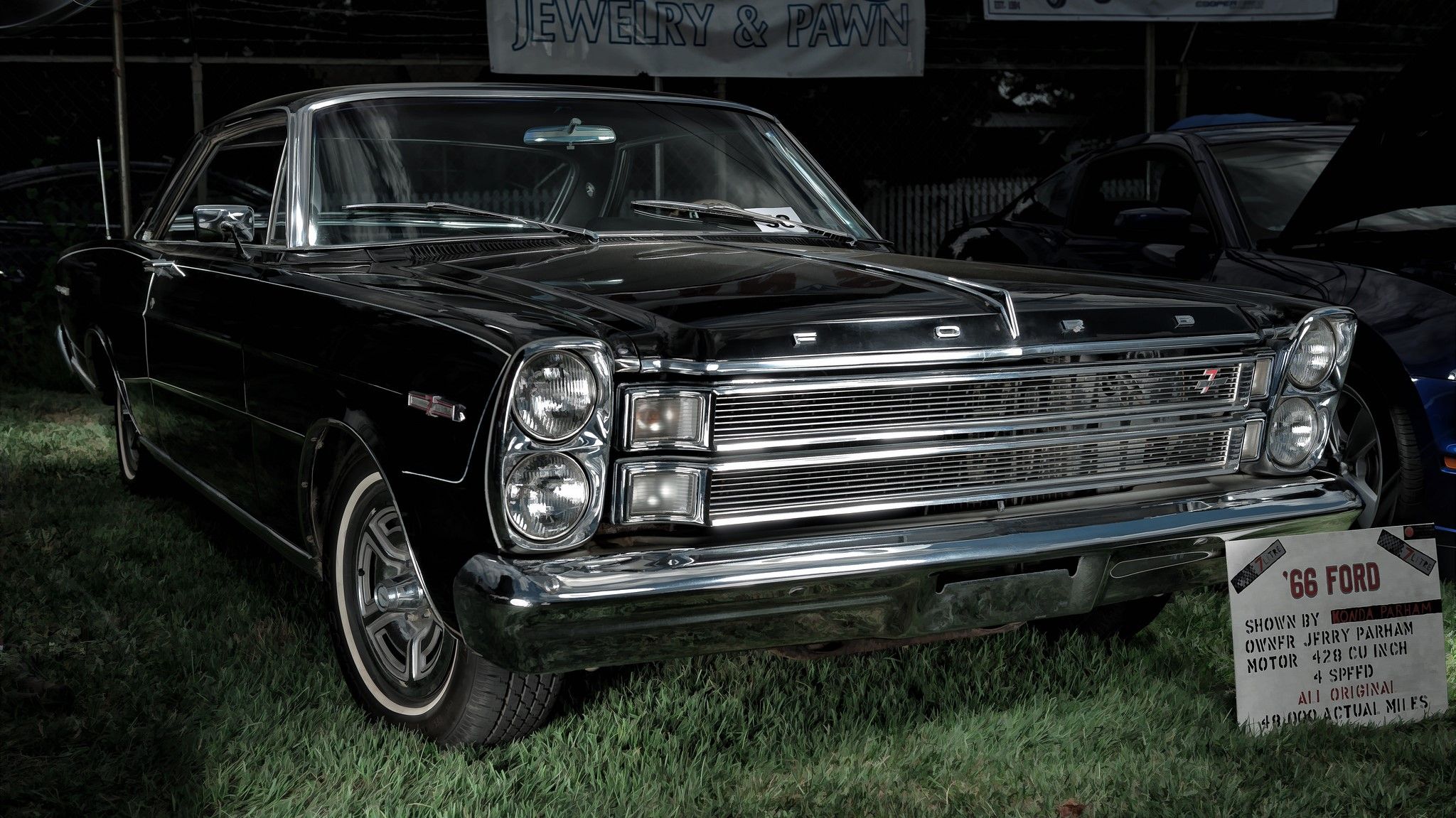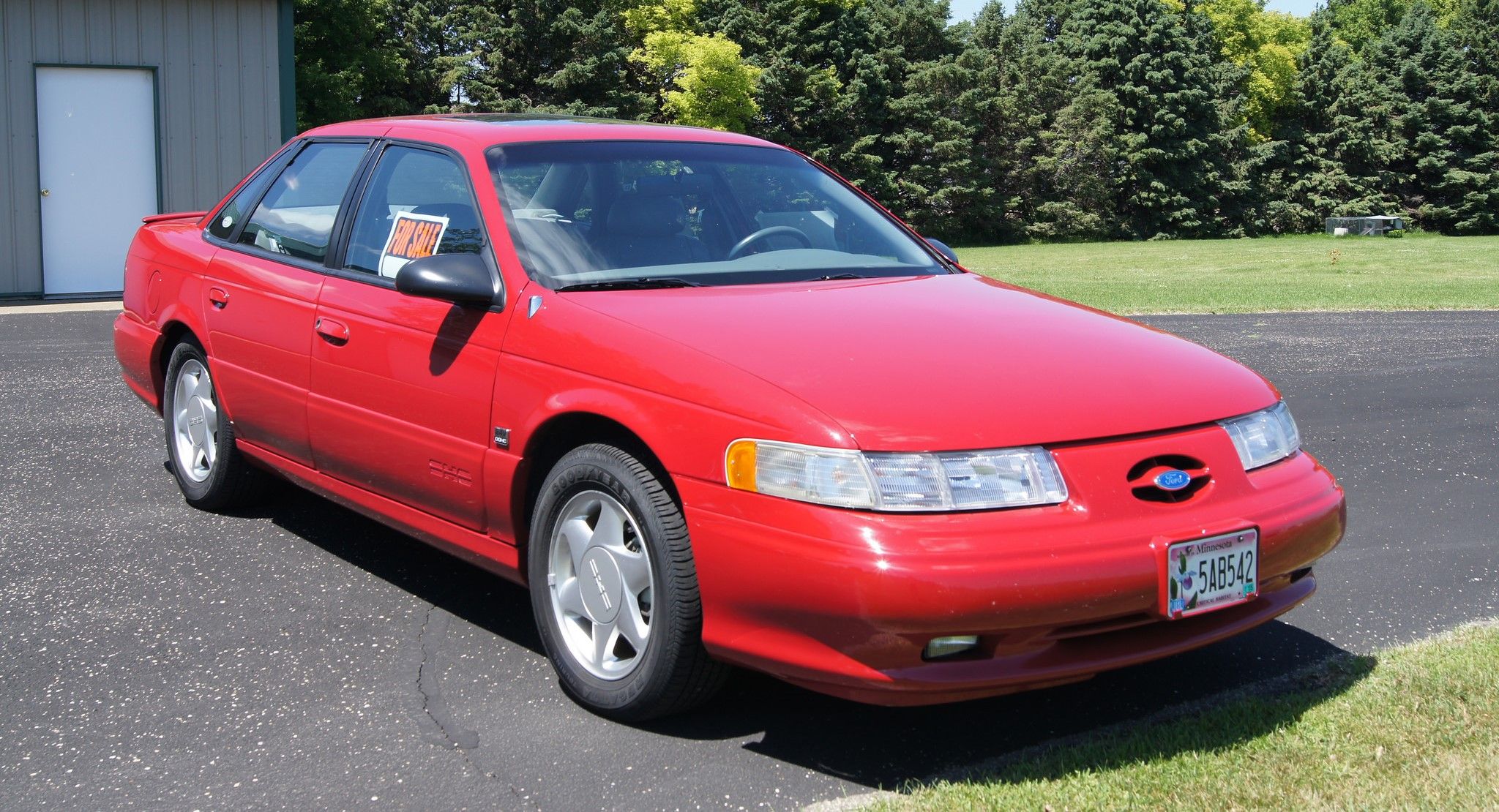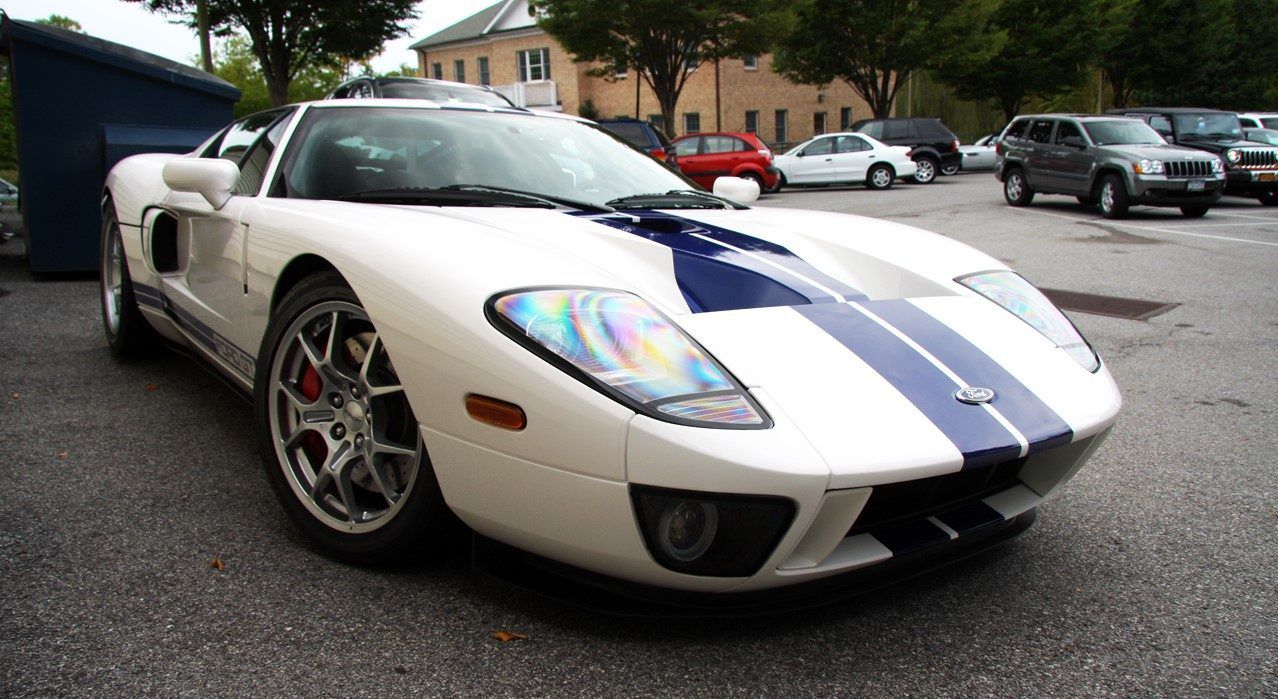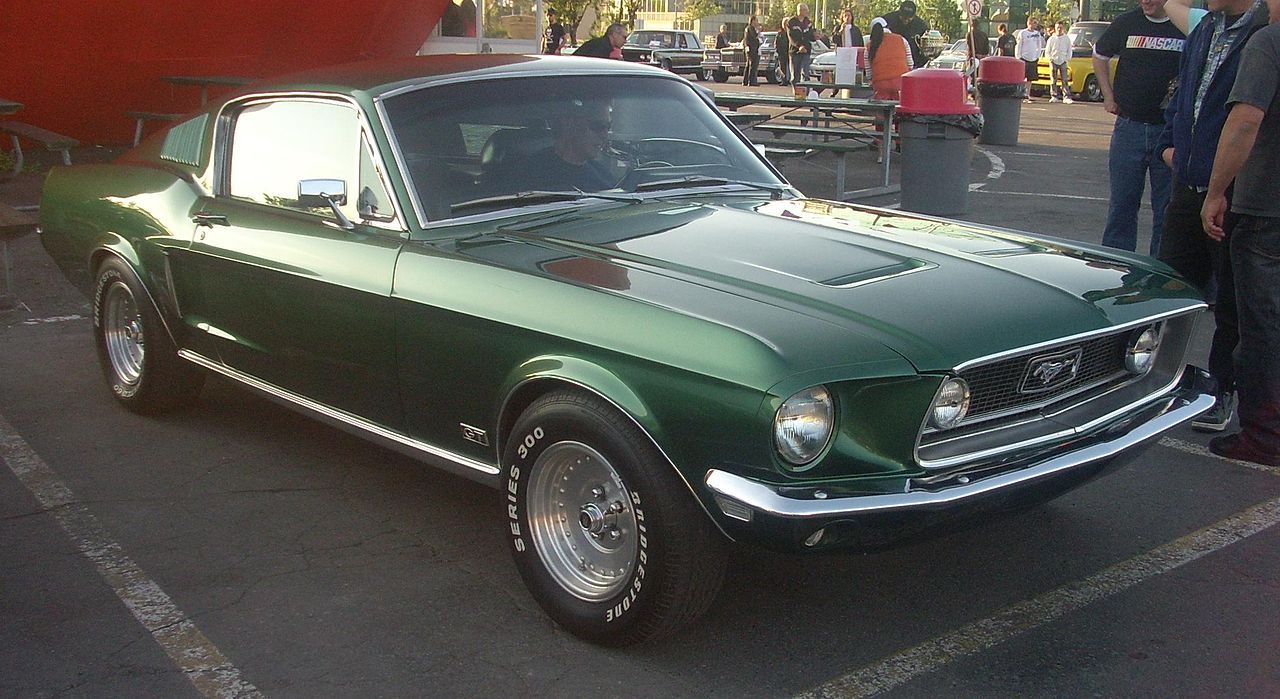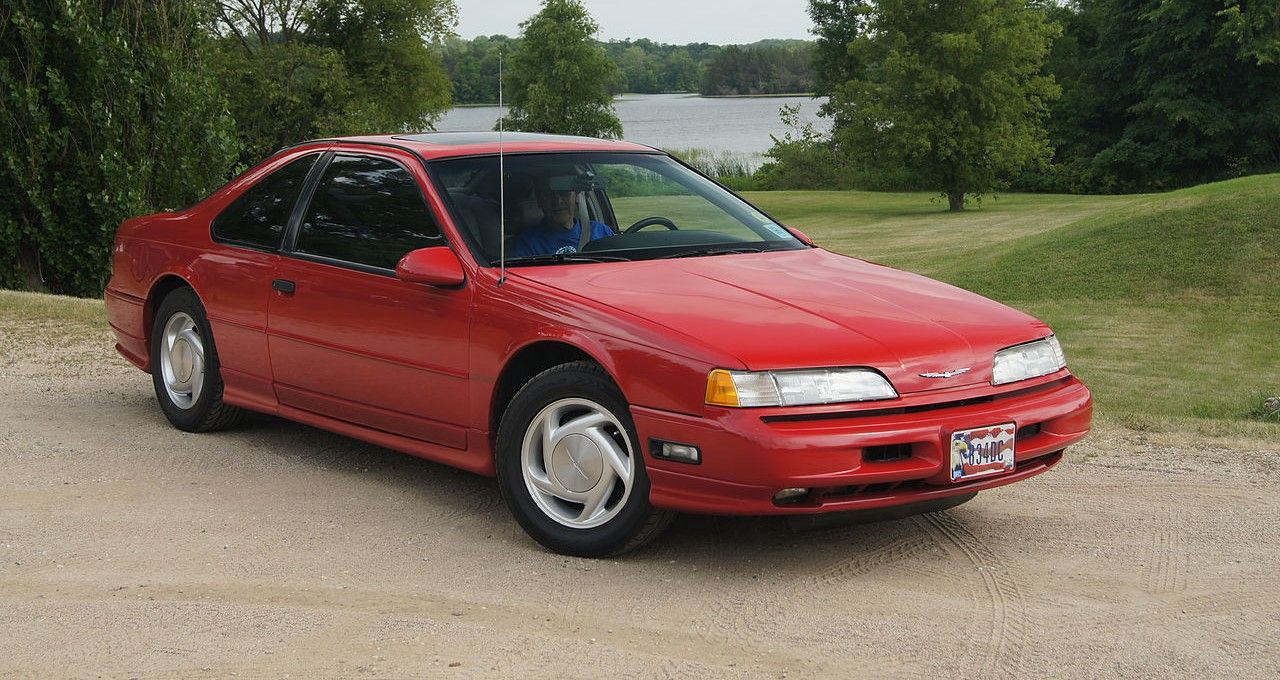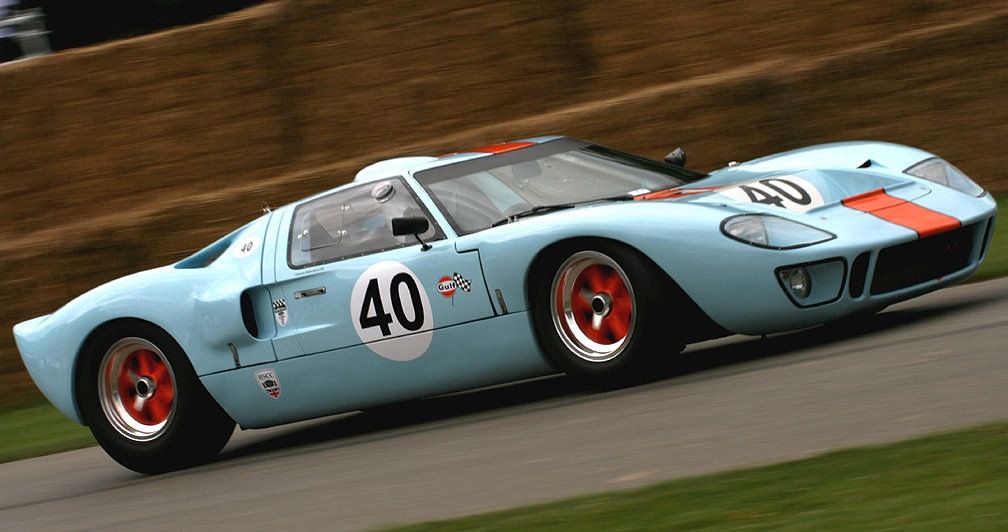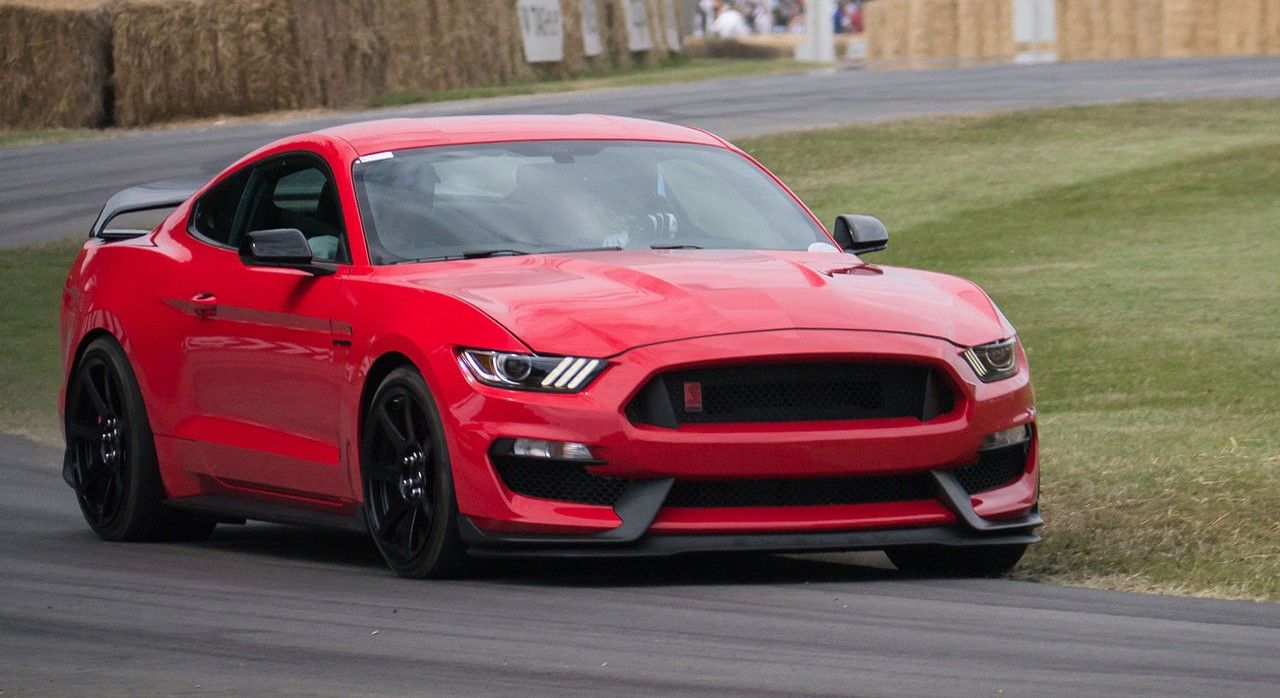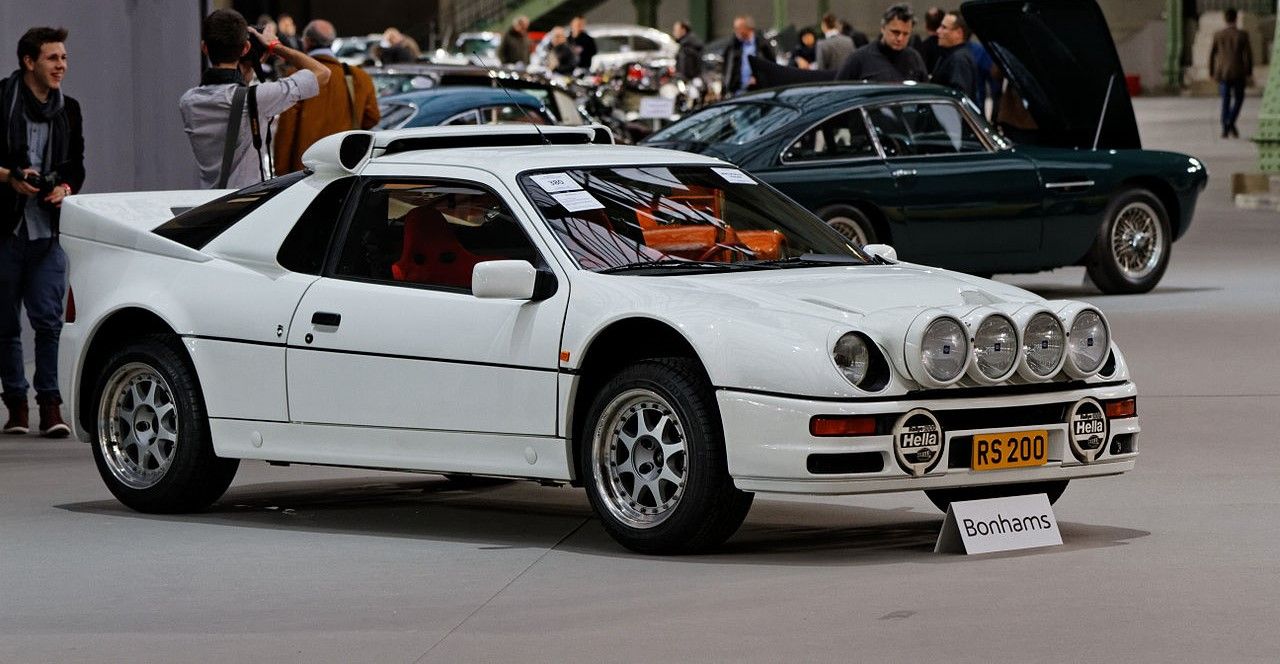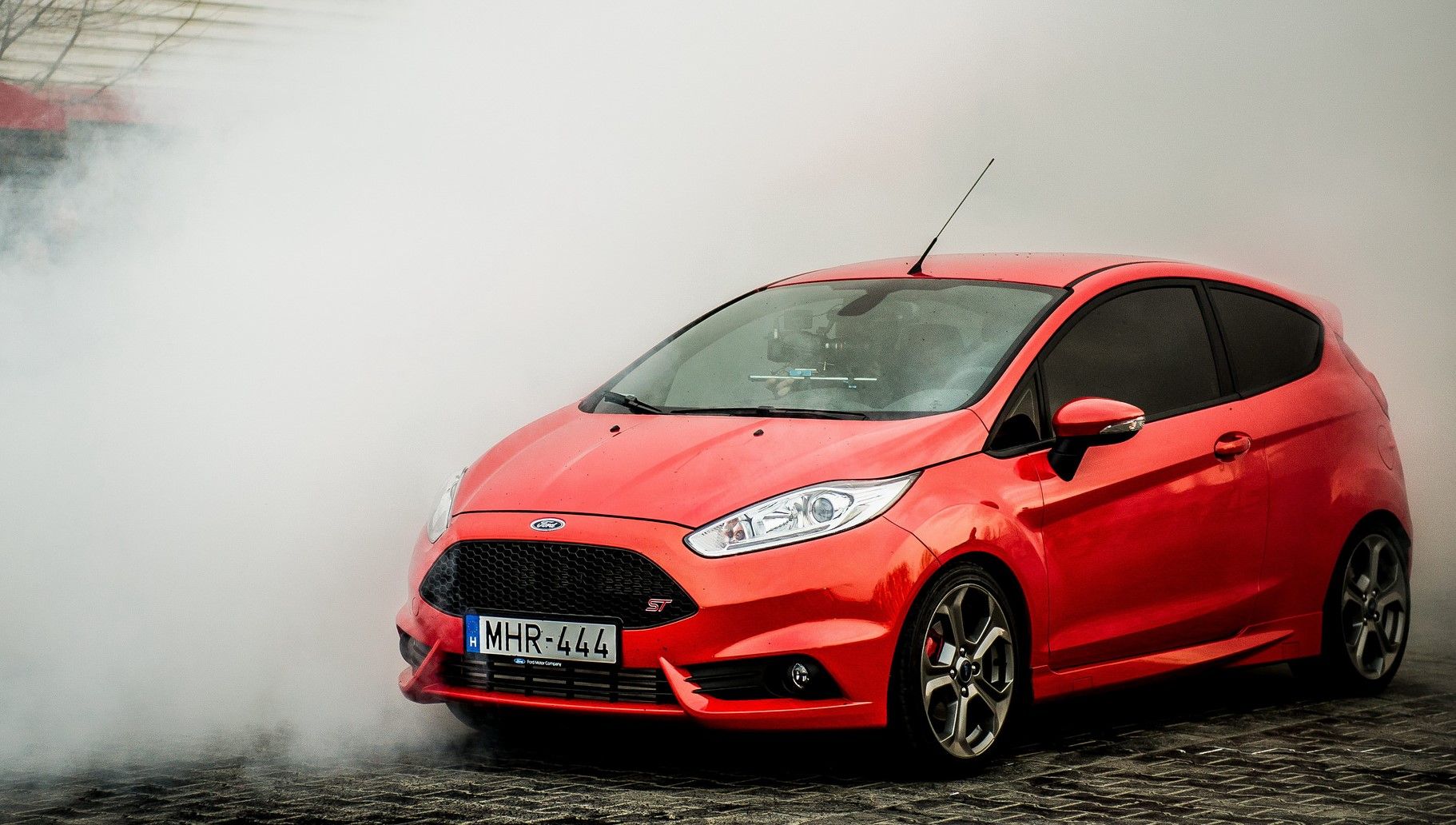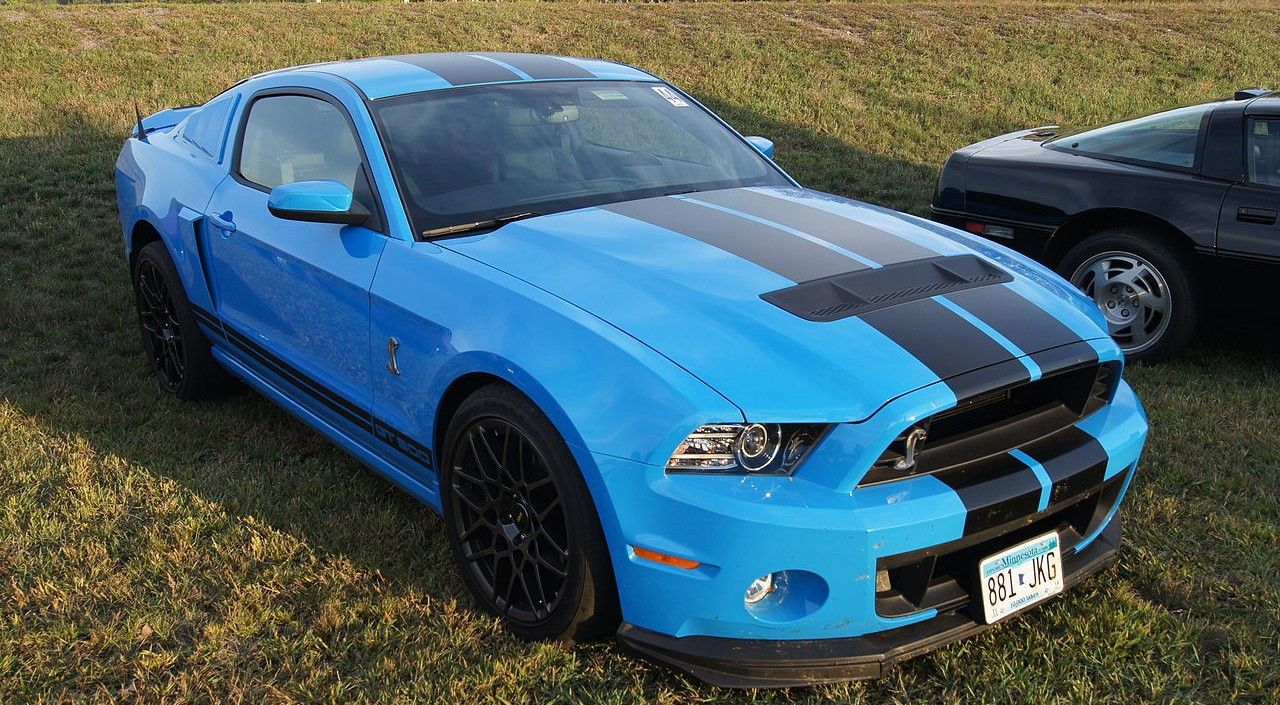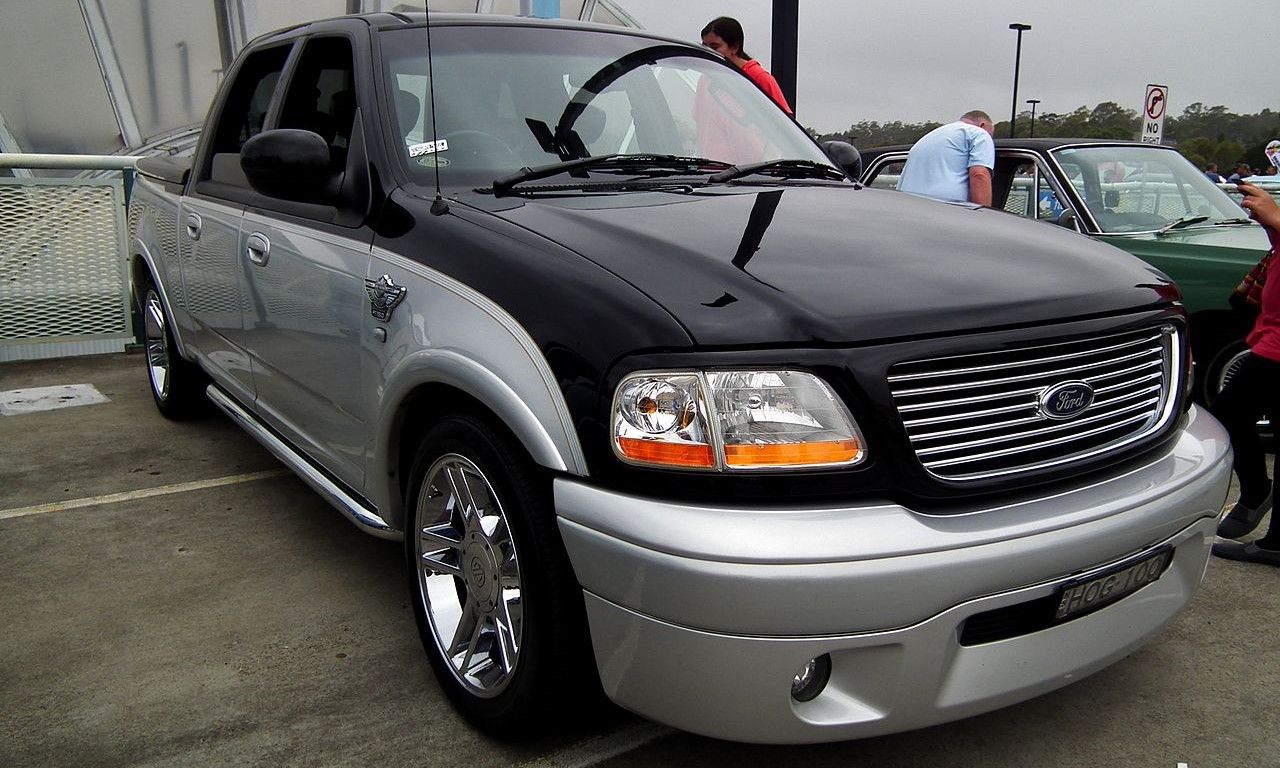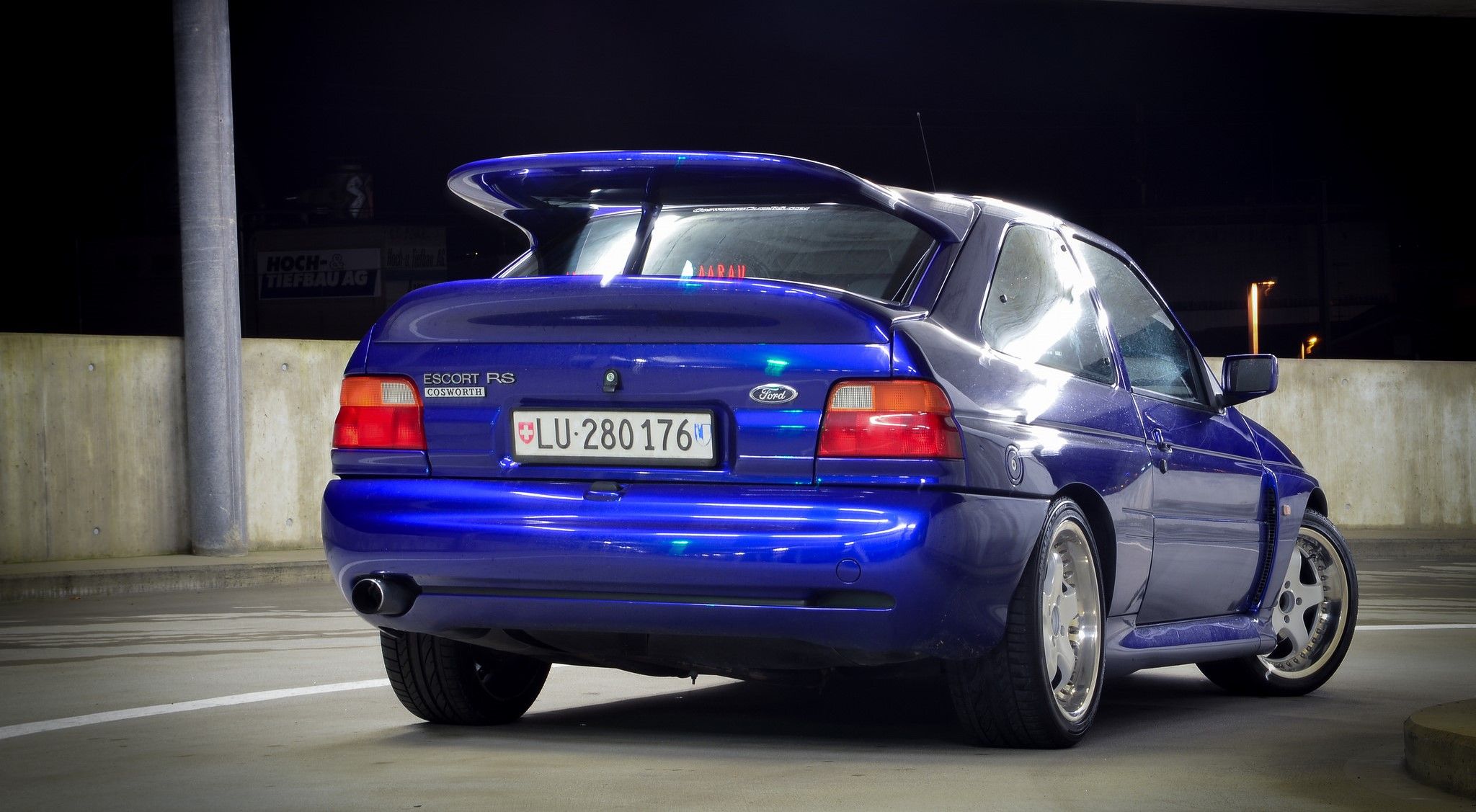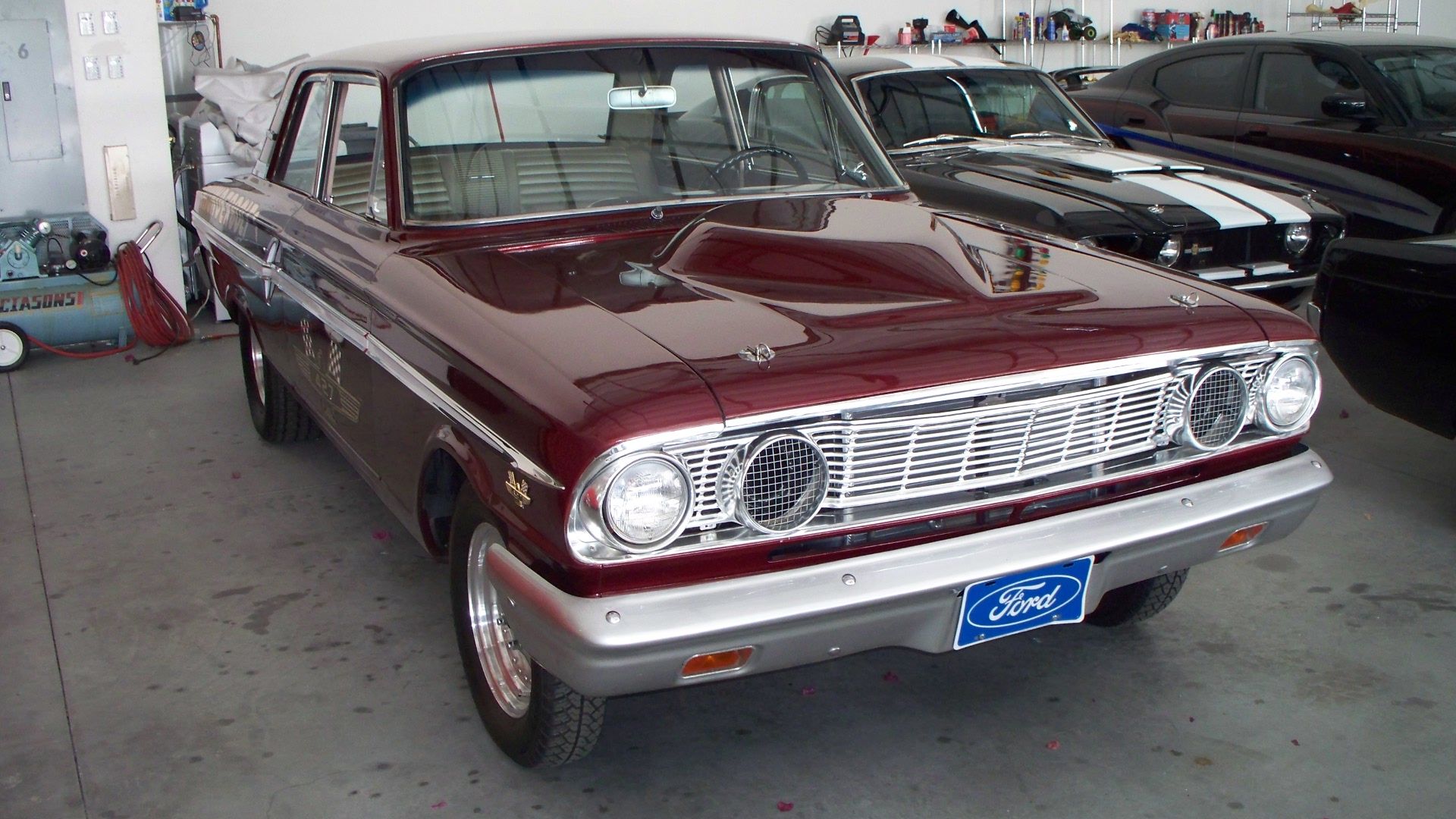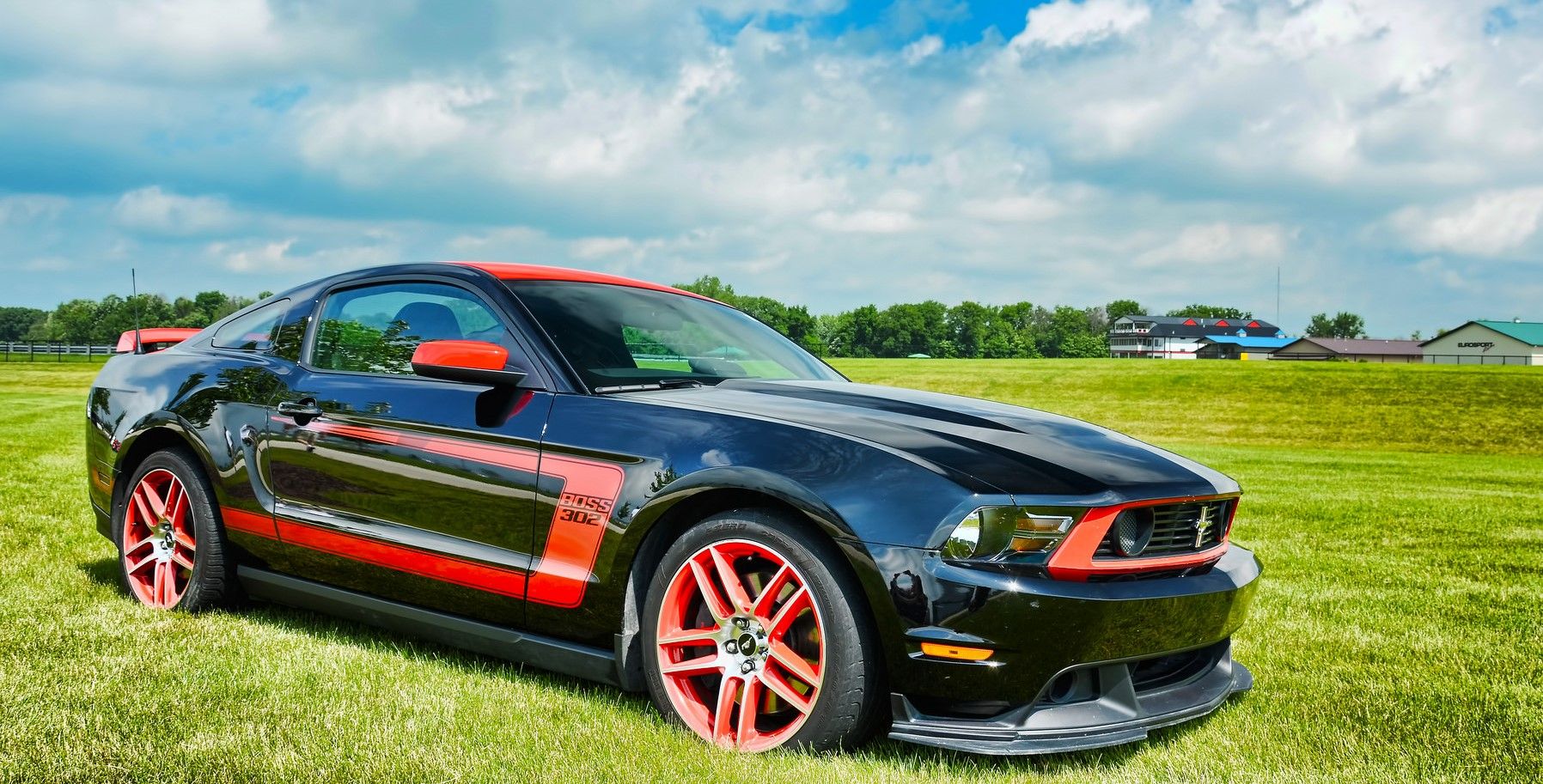Ford is possibly the most influential car company in the world. While Mercedes built the first widely recognized car and Oldsmobile created the original automotive assembly line, Henry Ford was the one to put it all together in the form of the Model T, one of the most groundbreaking cars in motoring history. It didn't take long for Ford to become a global brand. Many buyers were ready to save money to own one of these vehicles. Today, Ford focuses on building simple and useful vehicles designed to satisfy buyers' basic needs. For more plush cars, customers generally had to head to the luxury branches of the company.
Updated June 2022: Ford has produced a wide range of vehicles. Whether they lie on the most affordable end of the most expensive vehicles ever made, all Fords are characterized by quality and value. If you're a Ford dan, you'll be happy to know that this piece was first published in 2018, but to ensure that you're well informed, we have updated it with some of the sickest Ford automobiles ever built.
However, despite the brand selling so many simple models, Ford has also built some of the most incredible cars in the world. Not only did Ford create one of the most iconic muscle cars, the Mustang, but it also participated in the horsepower wars of the 1960s. The company also helped bring back horsepower in the '80s and single-handedly revitalized the muscle-car scene in 2005 with its retro Mustang. While Ford hasn't always built the best cars on the market, here are 20 times that it did.
22 F-150 Lightning
While car companies no longer offer performance trucks in their lineups, the Big Three each had their own take on the segment in the past. Even though Dodge and GM were early influencers in the sports truck market, Ford built one of the coolest high-performance pickup trucks ever, the F-150 Lightning. The Lightning name first emerged in the F-150 lineup in 1993, powered by a 240-horsepower 5.8-liter V8 engine.
However, the Lightning was redesigned entirely in 1999. The new truck came with a supercharged 5.4-liter V8 engine producing 380 horsepower. This flareside, single-cab pickup quickly became one of the fastest pickup trucks on the North American market. It could accelerate to 60 mph in 5.2 seconds from a standstill. After production ended in 2004, Ford didn't have a follow-up model until the slower Tremor came out in 2014.
21 2000 Mustang Cobra R
It's a frequent belief that muscle cars were solely designed to be straight-line machines. Today, one of the glaring problems with modern muscle cars that drivers won't talk about is that they struggle when cornering. Even with true performance models like the Shelby GT350 and the Camaro 1LE, muscle cars still have issues with cornering stability.
However, these weren't the first examples of a stripped-out, track-ready muscle car for the road. Before the Shelby brand returned to Ford, performance Mustangs were called Cobras, and the best of them was the 2000 Cobra R. This model immediately made a splash with its wide fenders and huge rear wing. On the track, this 385-horsepower machine could carve through the corners with ease, thanks to its lightweight design. This Mustang went on a crash diet, having its rear seats, radio, and air conditioning removed for the performance. It was even the first Mustang to have independent rear suspension.
20 Lincoln Continental
While performance cars frequently take the spotlight in automotive history, some luxury models also get attention. One of such models is the Ford Lincoln Continental, one of the most popular classic American luxury vehicles. The car started as an entry for a new premium luxury brand but later became a Lincoln model. When the 1660s rolled around, the Continental was completely redesigned.
This new generation introduced one of the most famous features of the Continental, the suicide rear doors. Despite two-door models generally being preferred on the classic car market, this unique touch makes four-door Continentals far more desirable. It paired well with the vehicle's clean exterior design. Further, the Continental was one of the last cars offered in a four-door convertible layout, making this variant the most highly desired model.
19 F-150 Raptor
America's most lucrative automotive market is definitely the full-size truck segment. That's right. Everybody in America drives a truck. And since they do not use them only for work, pickup trucks have had to evolve to add luxury and off-road features, subsequently kicking performance trucks such as the Lightning off the market. The F-150 Raptor made the off-road luxury truck segment take off.
The F-150 Raptor debuted in 2010 with an aggressive new look accentuated by a splash graphic on the bed. While this look has been copied by competing brands, few are as genuinely capable as the Raptor. It features a generous ride height, tall, chunky tires, and a tough suspension. These work together to give the Raptor impressive off-road capabilities despite its large size. The current model is even more capable. It has a newly revised suspension and a more powerful 450-horsepower EcoBoost V6.
18 Galaxie 7 Liter
Reducing weight is one of the easiest ways to make a car faster. This explains why the most capable performance cars are small automobiles built on specialty platforms rather than full-size sedans. However, many people want some extra spice to the family vehicle. Such as the 1966 Ford Galaxie sedan. Whereas the standard model could only be powered by anemic six-cylinder engines or underpowered small-block V8s, the 7-liter was powered by choice of two 7.0-liter big-block motors.
Most models came with a smooth 345-horsepower, 428-cubic-inch engine, but a few lucky buyers got the R-code 427 motor that produced a more violent 425 horsepower. The latter motor also had a mandatory four-speed manual transmission. The car had a sedated appearance, which is why it was the perfect performance car slayer.
17 Taurus SHO
Ford introduced the Taurus to address a gap left open by Honda. The company realized people who bought the Accord weren't interested in large, cumbersome, rear-wheel-drive vehicles. Instead, they needed practical and sensible front-wheel-drive cars. The first Taurus models were dull family vehicles with no thrills at all. Thankfully, Ford wasn't content with leaving this model completely dull and decided to make the SHO version. SHO is an acronym for Super High Output.
The first SHO was powered by a high-revving 3.0-liter V6 engine built by Yamaha. The engine was paired with the only available transmission, a 5-speed MTX-IV manual. The second generation introduced an automatic gearbox as an option to appeal to a growing customer base. While the V8-powered third-generation SHO was a bit of a letdown, the modern example is a proper follow-up to the original. It features a powerful EcoBoost motor under the hood and has discrete styling.
16 Ford GT
Supercars are usually associated with prestigious brands like Lamborghini and Ferrari. Despite their dedication to performance, some Ferraris and Lamborghinis are mostly purchased as status symbols rather than their raw performance. Ordinary companies such as Ford rarely build supercars. However, when they do, they give it their all, bringing out a supercar slaying beast like the GT.
It was first introduced in 2004 and looked almost identical to the original GT40 race car. Its mid-mounted, supercharged 5.4-liter V8 made it a strong competitor to Ferraris and Lamborghinis of the day. The model was recently reintroduced with a completely new look and a much more powerful EcoBoost V6. This new model is far more track-oriented and is closely related to its Le Mans racecar variant.
15 Fox-Body Mustang
Potentially one of the best Mustangs ever made. And also the one that looked the least like a Mustang. While even the despised Mustang II still retained some Mustang traits, the Fox-Body model was a complete departure from the traditional look. The car started with a rough, boxy look but eventually smoothed out its appearance to become a decently handsome car. That was the appearance - performance is where this generation really shined.
The Fox-Body Mustang was offered with the ubiquitous 302 V8, which has made it a highly sought-after modification platform. There was also the SVO trim powered by a turbocharged four-cylinder, providing nearly the same performance as the big five-oh. Because this car sold so well, used examples can easily be sourced from Craigslist for cheap, making the Fox-Body an excellent option for budget muscle.
14 Mustang GT Fastback
While the Ford Model T was one of the most influential cars of all time, the Mustang helped form the American muscle car scene in the '60s. Of course, the original Mustang has a place on this list. Out of all this car's different forms, the original fastback GT is definitely the most iconic version of this historical car.
It's most remembered for its starring role in the movie Bullitt's final chase scene, which is often regarded as one of the best car chases in film history. This car's smooth tail design became widely copied in the '60s. While it's not the fastest or the best-handling example of the vehicle, every following generation of Mustang featured a fastback look.
13 Thunderbird Super Coupe
Even though the Mustang is often seen as Ford's poster child, the Thunderbird was once at the top of its lineup. Originally intended to be a Corvette competitor, the T-Bird slowly transformed into a personal luxury car with no regard for performance. Except for its early generations, the Thunderbird isn't generally a desirable car. However, the car's performance did eventually return with the Super Coupe.
Surprisingly, the quickest T-Bird in the '90s was powered by a supercharged V6 rather than a V8. While its 230-horsepower output doesn't sound that powerful, the 4.6-liter V8 only produced 205 horsepower at the time. As if the car didn't have enough performance credentials, it was also the only version of the Thunderbird to offer a manual transmission in its 10th generation.
12 Ford GT40
There's an alternate history where Ford owns Ferrari, and Ferrari serves as the performance and racecar branch. However, in the real world, Ford was ready to purchase the Ferrari company in the '60s, but Enzo Ferrari stopped it. After that deal went under, Ford decided to enter Le Mans with their car, and it was designed to outperform Ferrari's sports cars.
The result was the GT40, which was named due to its roof being only 40 inches from the ground. While the model is famous for dominating at Le Mans, it took several revisions for Ford to perfect their new circuit racer. But when they did figure it out, the GT40 became one of the best race cars of all time. It was so good; that Ford brought it back twice in recent years under the GT name.
11 Shelby GT350 R
While many look to the past for the best muscle cars, the modern auto industry has some of the greatest and most powerful examples. Even a standard Mustang equipped with a four-cylinder is still deceptively quick. However, the accurate headline is the Shelby GT350 R. This track machine proves, without a doubt, that there are muscle cars that can easily out-corner their European counterparts.
This hardcore machine has a 5.2-liter V8 producing 525 horsepower and revs to 8,000 RPM. As if the standard GT350 wasn't hardcore enough, the GT350 R further ditches the rear seats, the radio, and the air conditioning to shed some weight. Additionally, the GT350 comes with wider tires and a stiffer suspension. There are a few new cars that are both as dedicated to performance and simplicity as the GT350 R.
10 RS200
Group B rally racing is easily the most insane and uncontrolled race series ever created. The Group B segment was created by the FIA in 1982 to allow for more four-wheel-drive and mid-engine rally cars. Before this section was canceled due to its dangerous nature, automakers made some incredible vehicles built specifically for the segment, one of which was the Ford RS200. This model was nearly a supercar thanks to its robust, mid-mounted engine.
Its specifications vary wildly depending on what sort of rally course it was intended to race. There have been reports of tunes that produce up to 800 horsepower in modern usage. To make the RS200 eligible for the segment, Ford needed to sell 200 street-legal examples of this excellent rally car. These street versions produced 250 horsepower from the Cosworth-developed 1.8-liter four-cylinder engine.
9 Fiesta ST
Despite how Ford's best cars are generally remembered as either dirt-trail dominating rally cars or rumbling V8 muscle cars, it's also built a few excellent hot hatches. Even though the company has been producing such cars for years, its most well-known examples are Focus's performance variants. While the Focus is still available in a couple of fast trim levels, one of the more recent additions to Ford's cheap, quick cars lineup is the Fiesta ST.
It's not as powerful as its bigger brother, but the Fiesta ST is still decently quick. It accelerates from 0-60 mph in 7 seconds and has a top speed of 144 mph. Its biggest benefit is its affordable base price, making it quite a bargain compared to its larger competition.
8 Shelby GT500
Ford was the company to revive the muscle-car segment during the mid-2000s when the Camaro had just been dropped, and Dodge's only entry was a pudgy four-door Charger. The retro-styled 2005 Mustang recaptured the American audience as the original model did back in the '60s. The only thing it needed was a Shelby version.
In 2007, SVT and Shelby created the GT500, a new Mustang equipped with a supercharger to produce 500 horsepower. While that number is less impressive today, later versions saw increased displacement and stronger superchargers, resulting in a final output of 662 horsepower. It took some time, but Ford engineers worked hard to make the Mustang's primitive suspension function with all that power. Although there's a new Shelby Mustang, it's not as powerful and thrilling as the old GT500.
7 Focus RS
Many people view the Focus only as a cheap daily driver. However, it's also proven to be a quick machine for the money when appropriately equipped. There were the SVT and ST models with impressive performance for the early 2000s. Then, a few years ago, the new ST was making headlines with its 250-horsepower output for an affordable price. The new Focus RS, however, isn't cheap, at least for a hatchback. It costs over $40,000, enough to buy a loaded Mustang GT.
However, that money will buy a 350-horsepower, all-wheel-drive rally car for the road. Besides being incredibly quick and hard to find, the Ford Focus RS also has a unique drift mode. If there ever were a production car dedicated to the Hoonigan lifestyle, it would be the Focus RS.
6 F-150 Harley Davidson
Perhaps, Ford's strangest tie-in models are the F-150 Harley Davidson trucks. Not only is a big pickup truck just about the opposite of a motorcycle, but there isn't much cross-branding other than a few badges and a couple of unique touches. However, many Harley pickups had pretty wild paint jobs from the factory, such as the silver and black 2003 variant.
What really separates this particular model from the rest of the Harley Davidson pickups is its supercharged 5.4-liter V8. Although it wasn't as quick as the Lightning, it was more practical. Despite its power deficiency, it could still accelerate to 60 in 6.0 seconds, an impressive figure for a heavy crew-cab pickup. Further, these trucks are cheaper and stand out more than the Lightning.
5 Escort Cosworth RS
Given that it's the lowest-level brand in the company, Ford has had some rather unpleasant base model cars residing in its lineup. Before more livable models like the Focus and the Fiesta were released, the Escort wasn't a particularly desirable car. Even its somewhat performance-oriented models weren't much to speak of, except for the Cosworth RS. Designed to race in World Rally Championship, this winged machine easily made a name for itself.
Even though it was built on a budget platform, the Cosworth RS had an aggressive front fascia, wide fenders, and that huge signature spoiler to make it stand out from the other Escorts. The version sold to the public made 227 horsepower from its 2.0-liter motor due to Ford installing the giant turbo from the RS200 onto the Cosworth's little four-cylinder.
4 Fairlane Thunderbolt
While many like to think that every old American car was a muscle car, many were just normal daily drivers. The Ford Fairlane was a normal car for commuting and hauling the family around. Ford had models like the Mustang and the Torino for performance, and the Galaxie was a more spacious family car.
However, when Ford decided to make a factory drag machine, it chose the Fairlane as a base for the new Thunderbolt model. Taking a standard Fairlane, Ford contracted another company to strip out its interior, strengthen it, and, of course, fit a 427-cubic inch V8 that was underrated at 425 horsepower. As a result, this car can scream through the quarter-mile in as little as nine seconds on new tires.
3 Mustang Boss 302 Laguna Seca
Historically, the Mustang hasn't been the most refined or technologically advanced vehicle on the market. The current model is trying to buck that trend by offering fancy features like the digital dashboard and independent rear suspension. However, there was a time when these features weren't available on any Mustang, but Ford was still determined to create a cornering machine out of the simple muscle car.
Starting with the excellent 2012 Boss 302, the engineers at Ford removed the rear seats, added a chassis brace, and further modified the suspension. The result was the Boss 302 Laguna Seca, named after the famous race track. Besides the vast handling improvements, it also had a 444-horsepower V8 that was good for a 4.2-second zero-to-60 time, making it quick in a straight line.

